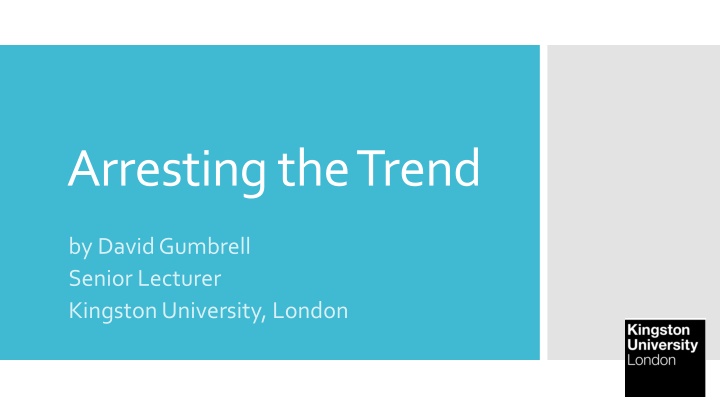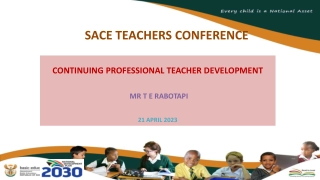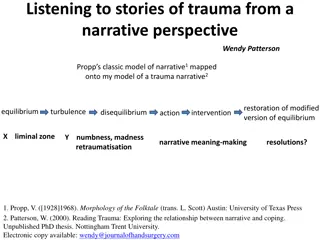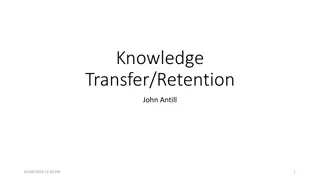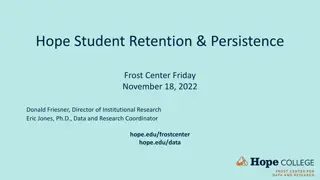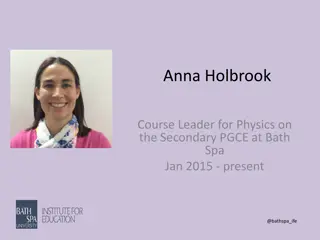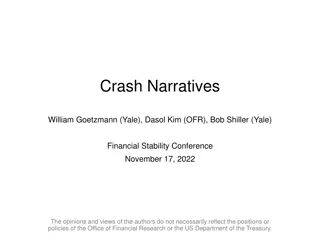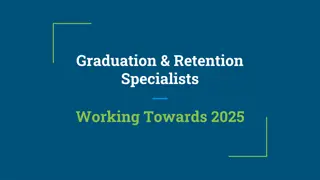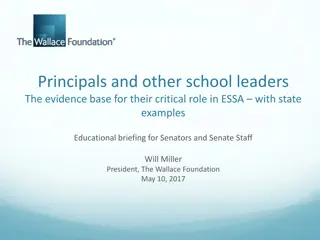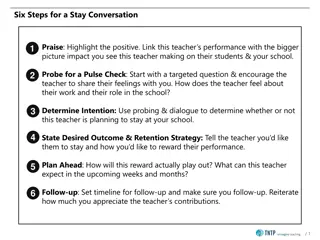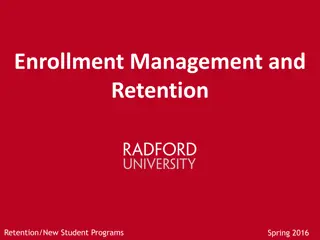Teacher Retention Through Personal Narratives
This study examines the consistent teacher retention rates since 2010 and delves into the lived experiences of educators through their narratives. The research highlights the importance of looking towards the future in the field of education to inspire new narratives for Early Career Teachers (ECTs).
Download Presentation

Please find below an Image/Link to download the presentation.
The content on the website is provided AS IS for your information and personal use only. It may not be sold, licensed, or shared on other websites without obtaining consent from the author.If you encounter any issues during the download, it is possible that the publisher has removed the file from their server.
You are allowed to download the files provided on this website for personal or commercial use, subject to the condition that they are used lawfully. All files are the property of their respective owners.
The content on the website is provided AS IS for your information and personal use only. It may not be sold, licensed, or shared on other websites without obtaining consent from the author.
E N D
Presentation Transcript
Arresting the Trend by David Gumbrell Senior Lecturer Kingston University, London
Since 2010, the percentage of both Primary and Secondary teachers who were still in service 5 years after qualifying has remained consistent, between 68.6%-71% (DfE, 2021).
8,000 (the 68.6%-71%) are stories from those who have stayed in teaching that others may learn from and could enable a greater understanding of this retention issue.
Their articulated narratives clearly summarise: their threshold experiences (Turvey, 2017, p.43), nuclear episodes (McAdams, 1993, p.259) or important epiphanies (Denzin, 2001, p.38)
narrative inquirers explore 4 aspects: forward and backwards (from the past, to the present and into the future) inwards and outwards (the internal and external influences on their experiences) (Clandinin and Connelly, 2000, p.89).
All four were able to pre-emptively consider possible forthcoming options (Beauchamp and Thomas, 2010, p.631), envisioning a future for themselves in teaching positioned against their past experiences. (Gumbrell, 2022)
Conway (1999, p.102) promotes this forecasting by prospective teachers, in considering modifications to their expectations and aspirations. (Gumbrell, 2022)
Yet, the benefits of foresight may offer new narratives that ECTs could live by and thus should also be encouraged. Looking to the future can offer a sense of direction and purpose, otherwise lost in the focus on the present, or a dwelling in the past. (Gumbrell, 2022)
Teacher Attrition (Lindqvist et al., 2013, p.1; Schaefer, 2013, p.260; Weldon, 2018, p.61)
Characteristics of leavers (Smithers and Robinson, 2003, p.49)
Teacher Shortage (Morris et al., 2021, p.64)
Why teachers leave (Perryman and Calvert, 2020, p.3)
Teacher Retention (Gumbrell, 2022)
Characteristics of stayers (Gumbrell, 2022)
Why teachers stay (Gumbrell, 2022)
Seek and ye shall find
Too many Government initiatives (Perryman and Calvert, 2020, p.4) High levels of workload (Howes and Goodman-Delahunty, 2015, p.26; Karsenti and Collin, 2013, p.145) Policy and inspection (Lynch et al 2016, p.14) Inadequate pay (Howes and Goodman-Delahunty, 2015, p.27)
Lack of support from management (Howes and Goodman-Delahunty, 2015, p.26; Perryman and Calvert, 2020, p.4) Feeling undervalued (Lynch et al., 2016, p.14) Atarget-driven culture (Perryman and Calvert, 2020, p.4)
Control the controllable
What factors do four mainstream primary teachers identify as the most significant on their first five years in teaching? What are participants experiences and what reasons are attributed to these mentioned factors? How do these recalled experiences, either positive or negative, reaffirm their retention in the teaching profession?
The emotionality of being a teacher is implied rather than spotlighted. (Gumbrell, 2022)
Teachers are taking on roles that traditionally would have been the parent s role (P2)
Relationships can significantly impact, both positively and negatively, on an ECTs desire to remain in teaching. (Gumbrell, 2022)
I feel like there are people here who I would love to be in ten, fifteen years time (P2).
I didn't know it could be done this well till I came here (P4)
Splitting teaching into just knowledge and skills may not be sufficient. Instead, these two elements could be supplemented with the personal and intra- personal experiences that being a teacher evokes . Gumbrell, 2022)
The 8000can envision a positive future, founded on looking after themselves, working with others, finding the right school and having inspirational people around them who personify their future.
